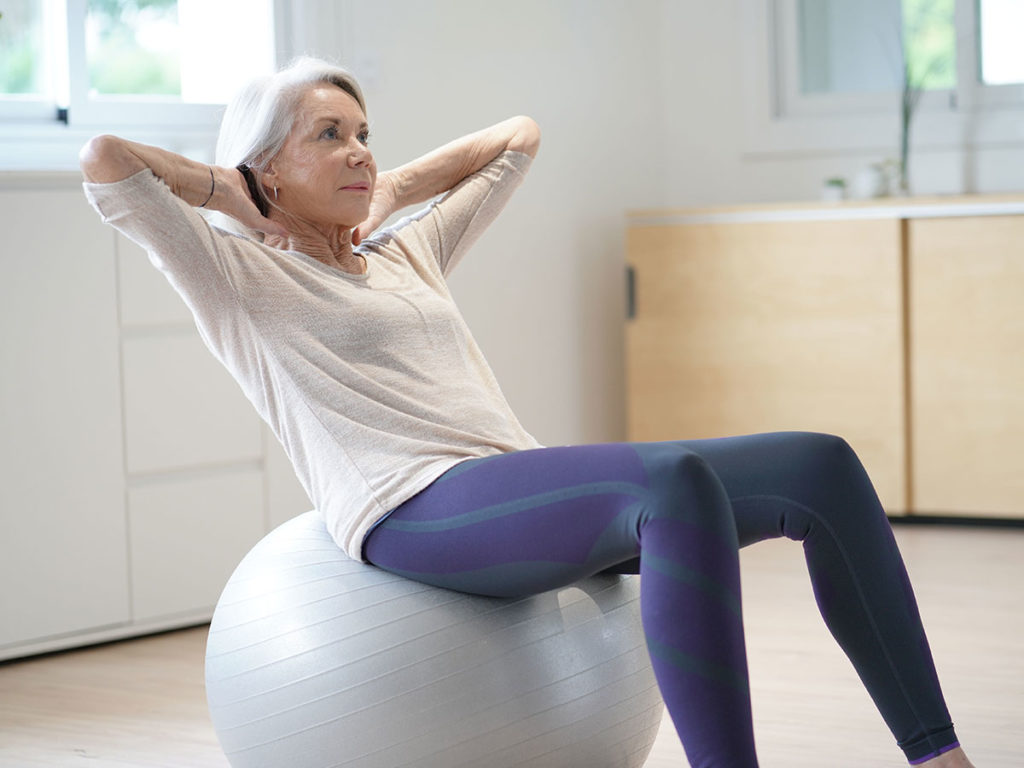
In the Clinic … with Kathy Mitchell
Allsports Physiotherapist Kathy Mitchell will join the 15-strong Australian Softball Team in Tokyo as Team Physio, marking the sports first appearance at the Olympic Games since Beijing in 2008.
Read more
Allsports Physiotherapist Kathy Mitchell will join the 15-strong Australian Softball Team in Tokyo as Team Physio, marking the sports first appearance at the Olympic Games since Beijing in 2008.
Read more














